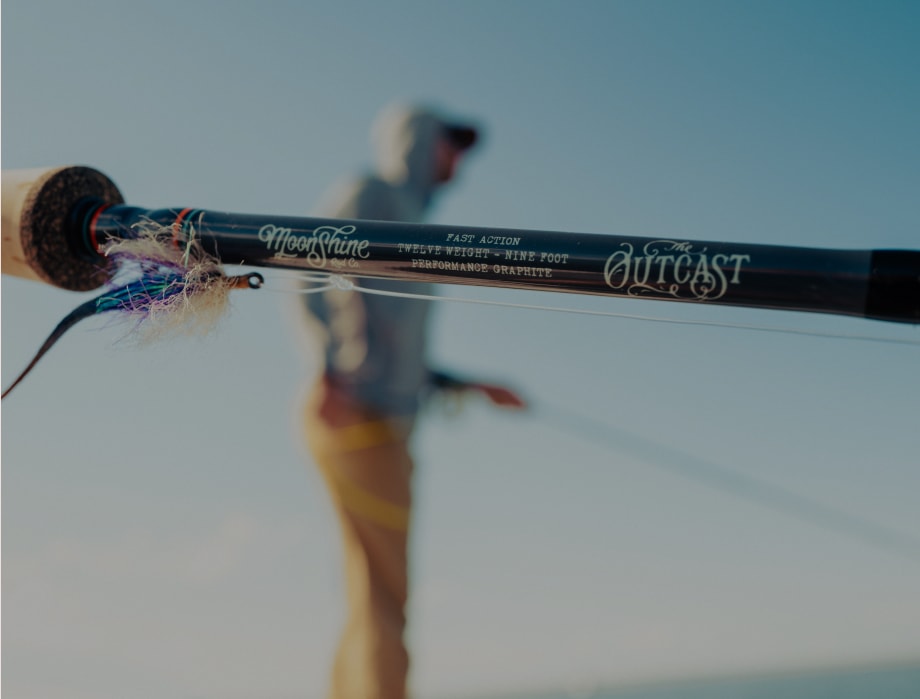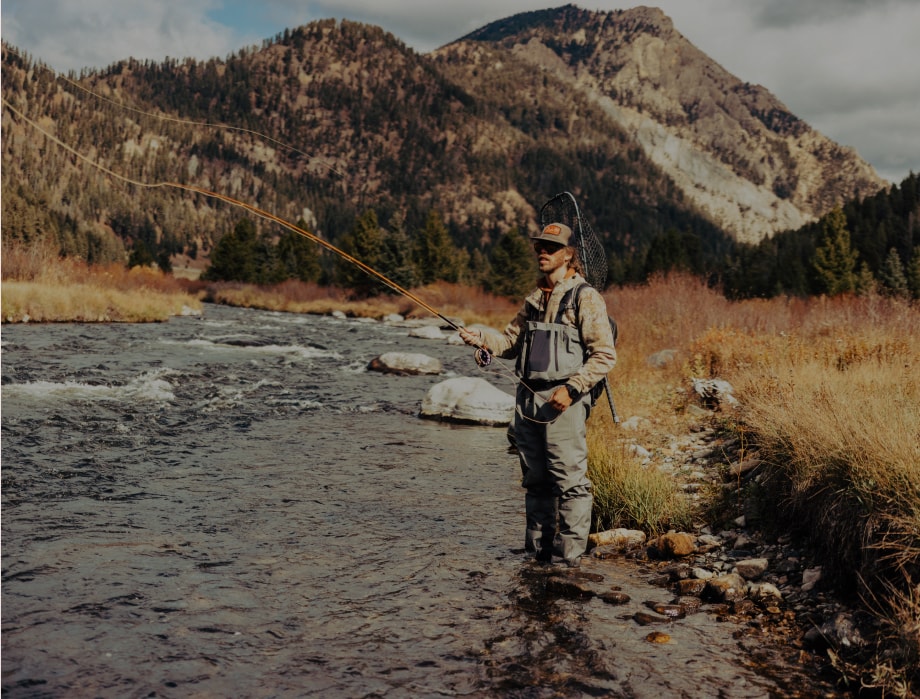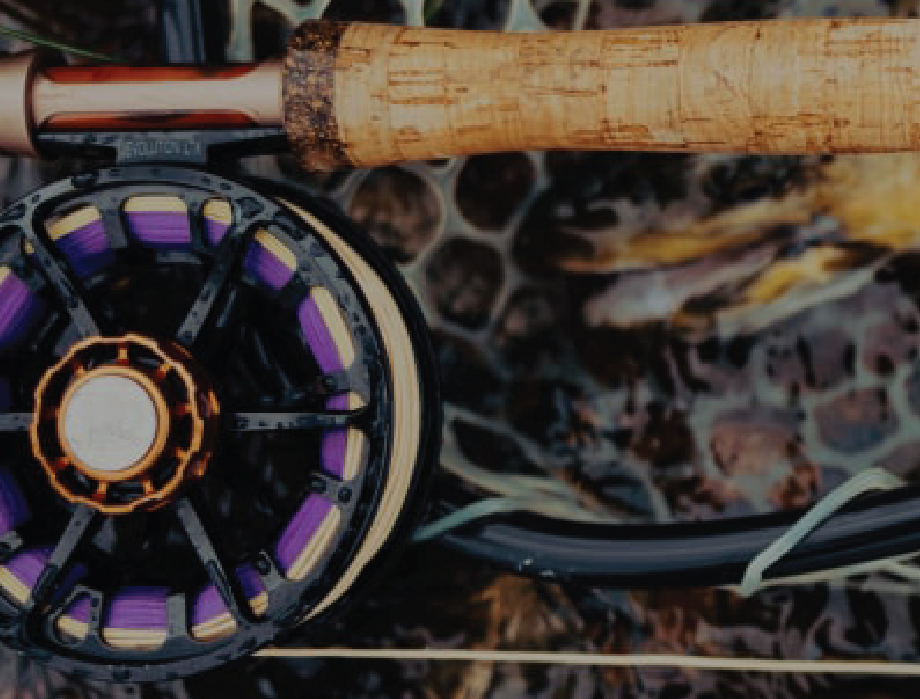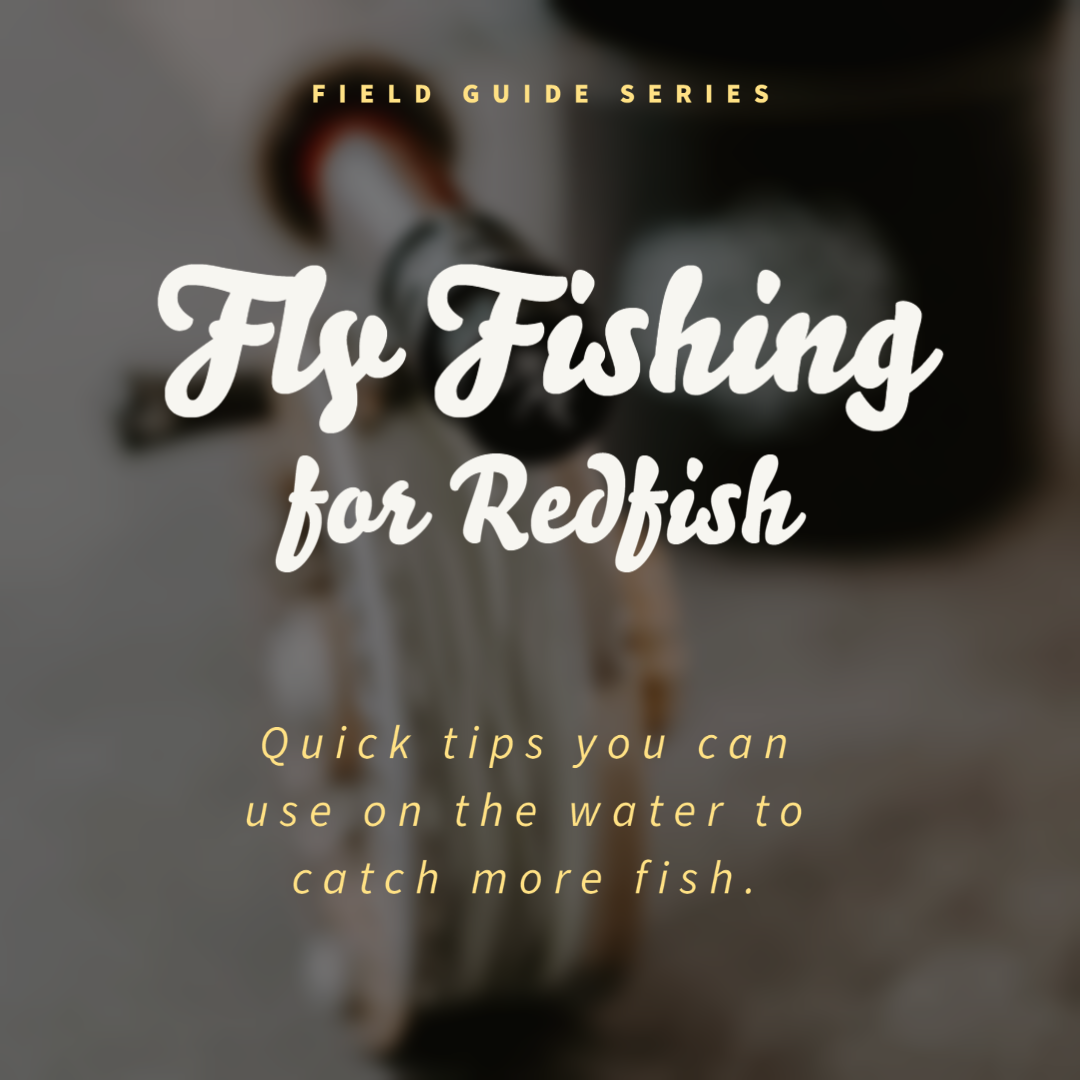In a world that’s getting seemingly smaller and smaller every year, it’s nice to know there are still undiscovered fishing spots. As anglers, we thrive on the unknown, and for those willing to put in the work there’s plenty of unknown to go around. It just comes down to scouting.
The art of scouting is just about as old as fishing itself. It’s incredibly important to test out theories and track down new areas for you to explore and with the right tools and techniques at your disposal, you can quickly become an expert in your area.
But, before we start, it’s important to recognize this: you need to learn to love scouting as much as you love fishing. We know, it sounds crazy. But, if you’re going to be a successful, well-rounded angler, you’re going to need to learn the lay of the land, its tendencies, rhythms, and patterns. Once you learn to love that process, the catching is just the icing on the cake.
Talk to People
In other eras, this point goes without saying. But, you’d be surprised how many people try to navigate their scouting process without talking to a single person. While things like Google Earth and internet forums are great tools, they’ll never replace knowledge, experience, and the connection that comes with sharing information. So, step out of your comfort zone and talk to someone. Fly shops. Friends. Strangers. Ask often, and be willing to share your info if you’re willing to ask.

Keep it Offline
As you’ll see in this article, people work hard for their fishing spots—most anglers aren’t going to give them up to just anyone online. They probably shouldn’t, either. The more “secret” spots that are posted online, the more pressure they receive, and the more crowded our waters become. By taking the time to scout your own spots and talk to people privately, you’ll be earning your rewards, not just trying to find a shortcut online. Sure, it may sound like those forum trolls are being jerks (and maybe they are), but anglers are secretive about their spots for a reason—they’re valuable, and anglers need to treat them as such. Here’s a good rule of thumb: Be generous with information in person-to-person interactions, and miserly (but polite) in online interactions.
Look Around Reservoirs
While talking to people is great, many of our scouts start on Google Earth or something similar. And, if you’re looking around metropolitan areas, try starting at your local reservoirs. Sure, the reservoir itself may be great for fishing, but they also represent hubs for the waterways in your area. Start at the main body of water and follow the creeks and tributaries to look for viable fisheries. Areas below dams, known as tailwaters, are almost always great places to fish, as they create a current that carries nutrients for many types of species. But, small creeks can be even better. To many, they may just look like a little blue line on a map. In reality, they could be secluded spots loaded with trophy fish.
Know Your Water Levels
It’s important to have some basic knowledge about the rivers and creeks in your area to know how they’re affected by flood conditions, drought conditions, and anything in between. For most major rivers, the governing authority will have up-to-the-minute river flow information measured in CFS (cubic feet per second). But, what that data means is entirely dependent on the body of water.
For example, 800cfs on a large river may mean the river is very low, while 800cfs on a small creek may indicate heavy flood conditions. Also, by getting experience on these rivers/creeks at different levels, you’ll know which levels are best for certain types of fishing. Low levels can be great for creating carp flats but can make for tough fishing for other species.

Make Sure You Have Access
Apps like OnX are great at determining what is public land and what is private land. Before you head out to check out a new area, make sure you’re not going to be trespassing on private land—it’s never a good idea. That being said, if you’re willing to reach out to landowners for permission, you could get access to areas no one else has access to—which can lead to fishing gold. You could even offer to pick up trash and only practice catch-and-release if they’re on the fence. It’s a low-success, but a high-reward scenario that may be worth the effort.
Use Your Public Resources
One of the most underutilized resources we have as American citizens is our publicly funded parks departments. The agencies all go by different names in their respective states, but game wardens, rangers, and biologists are incredible wells of information and you’d be surprised how accessible they are. Many state sites have biologists’ phone numbers listed online, and you can simply call them up and ask for advice. In most cases, these people are extremely smart, helpful public servants who got into the industry exactly for phone calls like yours.
Difficulty Will Pay Off
There’s no coincidence that some of the most famous (and well-traveled) fishing areas are the easiest to get to. It’s not because the fish just magically grow bigger or regenerate in high numbers—it’s because people don’t have to work to get to it. As you’re scouting, just know that if you’re willing to put in some effort on difficult approaches or long hikes, you’re going to have a leg up on 90% of the population. Don’t be afraid to pull out remote topo maps with a lot of elevation lines and mile markers. In the end, they’ll be badges of honor.
Put Boots on the Ground
There’s no substitute for field scouting. You can research online and call people all day, but you eventually need to wet a line in these areas to see how it is. And, don’t give up on your first try, either. It takes time to learn a new area, so give it a few goes before you give up on it altogether. And, if it’s not a viable fishery, then you know one place not to go fishing—and that’s definitely better than nothing.

Keep At It
As we mentioned at the beginning, there are new spots out there. Just because you found it doesn’t mean that other people have found it too; you may have stumbled on something great, especially if it’s off the beaten path. If you’re willing to work (and hike) to find new spots, you will find new spots. There’s sweat equity to be gained with every hour spent on scouting.
Scouting for new spots is a beautiful thing. You start as a newbie, and finish the process as someone who’s experienced and has a relationship with a new place. We fish to connect with people and nature, and scouting is just another way to do that. Trust us, it’ll pay off in more ways than you can imagine.










Leave a comment
All comments are moderated before being published.
This site is protected by hCaptcha and the hCaptcha Privacy Policy and Terms of Service apply.